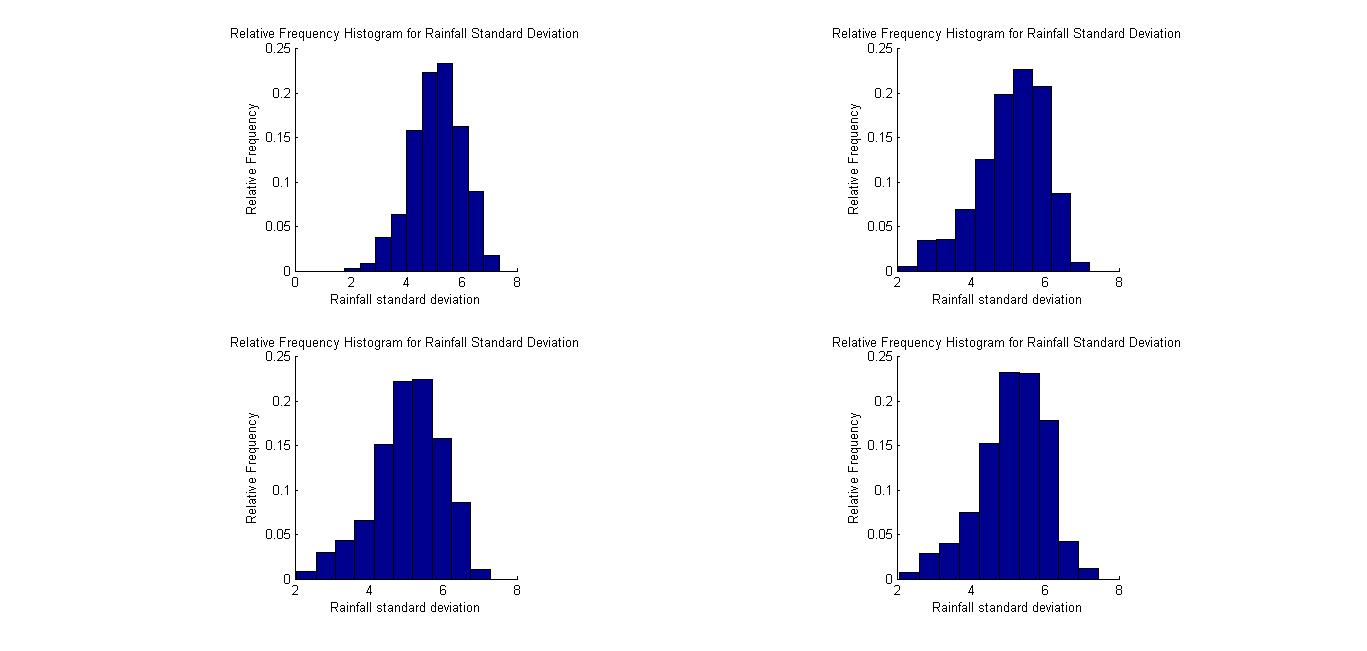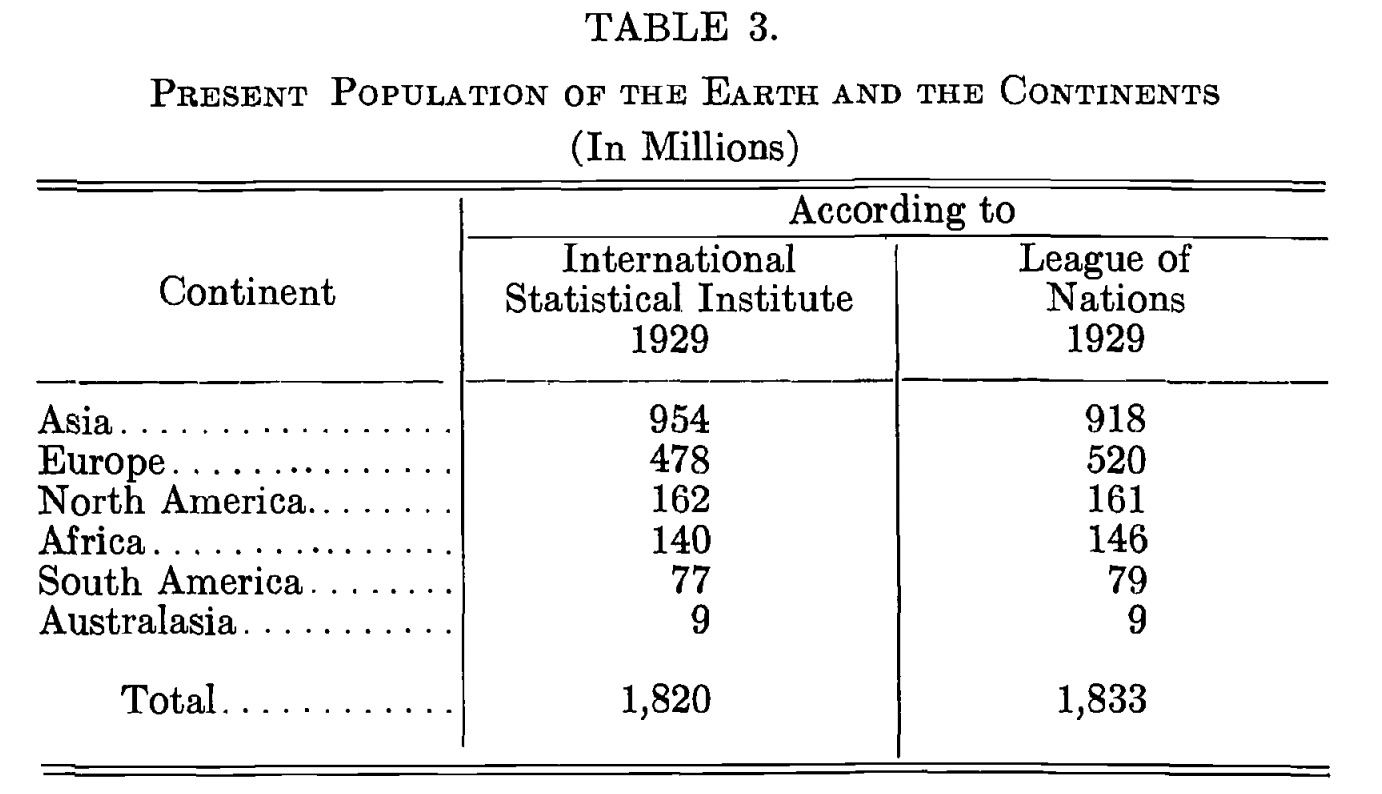|
Balanced Repeated Replication
Balanced repeated replication is a statistical technique for estimating the sampling variability of a statistic obtained by stratified sampling. Outline of the technique # ''Select balanced half-samples'' from the full sample. # ''Calculate the statistic of interest'' for each half-sample. # ''Estimate the variance of the statistic'' on the basis of differences between the full-sample and half-sample values. Selection of half-samples Simplified version Consider first an idealized situation, where each stratum of our sample contains only two units. Then each half-sample will contain exactly one of these, so that the half-samples share the stratification of the full sample. If there are ''s'' strata, we would ideally take all 2''s'' ways of choosing the half-stratum; but if ''s'' is large, this may be infeasible. If fewer half-samples must be taken, they are selected so as to be "balanced" (hence the name of the technique). Let ''H'' be a Hadamard matrix of size ''s'', and ... [...More Info...] [...Related Items...] OR: [Wikipedia] [Google] [Baidu] |
Statistics
Statistics (from German: '' Statistik'', "description of a state, a country") is the discipline that concerns the collection, organization, analysis, interpretation, and presentation of data. In applying statistics to a scientific, industrial, or social problem, it is conventional to begin with a statistical population or a statistical model to be studied. Populations can be diverse groups of people or objects such as "all people living in a country" or "every atom composing a crystal". Statistics deals with every aspect of data, including the planning of data collection in terms of the design of surveys and experiments.Dodge, Y. (2006) ''The Oxford Dictionary of Statistical Terms'', Oxford University Press. When census data cannot be collected, statisticians collect data by developing specific experiment designs and survey samples. Representative sampling assures that inferences and conclusions can reasonably extend from the sample to the population as a whole. An ex ... [...More Info...] [...Related Items...] OR: [Wikipedia] [Google] [Baidu] |
Sampling Error
In statistics, sampling errors are incurred when the statistical characteristics of a population are estimated from a subset, or sample, of that population. Since the sample does not include all members of the population, statistics of the sample (often known as estimators), such as means and quartiles, generally differ from the statistics of the entire population (known as parameters). The difference between the sample statistic and population parameter is considered the sampling error.Sarndal, Swenson, and Wretman (1992), Model Assisted Survey Sampling, Springer-Verlag, For example, if one measures the height of a thousand individuals from a population of one million, the average height of the thousand is typically not the same as the average height of all one million people in the country. Since sampling is almost always done to estimate population parameters that are unknown, by definition exact measurement of the sampling errors will not be possible; however they can ofte ... [...More Info...] [...Related Items...] OR: [Wikipedia] [Google] [Baidu] |
Stratified Sampling
In statistics, stratified sampling is a method of sampling from a population which can be partitioned into subpopulations. In statistical surveys, when subpopulations within an overall population vary, it could be advantageous to sample each subpopulation (stratum) independently. Stratification is the process of dividing members of the population into homogeneous subgroups before sampling. The strata should define a partition of the population. That is, it should be '' collectively exhaustive'' and '' mutually exclusive'': every element in the population must be assigned to one and only one stratum. Then simple random sampling is applied within each stratum. The objective is to improve the precision of the sample by reducing sampling error. It can produce a weighted mean that has less variability than the arithmetic mean of a simple random sample of the population. In computational statistics, stratified sampling is a method of variance reduction when Monte Carlo metho ... [...More Info...] [...Related Items...] OR: [Wikipedia] [Google] [Baidu] |
Hadamard Matrix
In mathematics, a Hadamard matrix, named after the French mathematician Jacques Hadamard, is a square matrix whose entries are either +1 or −1 and whose rows are mutually orthogonal. In geometric terms, this means that each pair of rows in a Hadamard matrix represents two perpendicular vectors, while in combinatorial terms, it means that each pair of rows has matching entries in exactly half of their columns and mismatched entries in the remaining columns. It is a consequence of this definition that the corresponding properties hold for columns as well as rows. The ''n''-dimensional parallelotope spanned by the rows of an ''n''×''n'' Hadamard matrix has the maximum possible ''n''-dimensional volume among parallelotopes spanned by vectors whose entries are bounded in absolute value by 1. Equivalently, a Hadamard matrix has maximal determinant among matrices with entries of absolute value less than or equal to 1 and so is an extremal solution of Hadamard's maximal determ ... [...More Info...] [...Related Items...] OR: [Wikipedia] [Google] [Baidu] |
Resampling (statistics)
In statistics, resampling is the creation of new samples based on one observed sample. Resampling methods are: # Permutation tests (also re-randomization tests) # Bootstrapping # Cross validation Permutation tests Permutation tests rely on resampling the original data assuming the null hypothesis. Based on the resampled data it can be concluded how likely the original data is to occur under the null hypothesis. Bootstrap Bootstrapping is a statistical method for estimating the sampling distribution of an estimator by sampling with replacement from the original sample, most often with the purpose of deriving robust estimates of standard errors and confidence intervals of a population parameter like a mean, median, proportion, odds ratio, correlation coefficient or regression coefficient. It has been called the plug-in principle,Logan, J. David and Wolesensky, Willian R. Mathematical methods in biology. Pure and Applied Mathematics: a Wiley-interscience Series of Texts, M ... [...More Info...] [...Related Items...] OR: [Wikipedia] [Google] [Baidu] |
International Statistical Institute
The International Statistical Institute (ISI) is a professional association of statisticians. It was founded in 1885, although there had been international statistical congresses since 1853. The institute has about 4,000 elected members from government, academia, and the private sector. The affiliated Associations have membership open to any professional statistician. The institute publishes a variety of books and journals, and holds an international conference every two years. The biennial convention was commonly known as the ISI Session; however, since 2011, it is now referred to as the ISI World Statistics Congress. The permanent office of the institute is located in the Statistics Netherlands building in Leidschenveen (The Hague), in the Netherlands. Specialized Associations ISI serves as an umbrella for seven specialized Associations: *Bernoulli Society for Mathematical Statistics and Probability (BS) *International Association for Statistical Computing (IASC) *Internationa ... [...More Info...] [...Related Items...] OR: [Wikipedia] [Google] [Baidu] |


